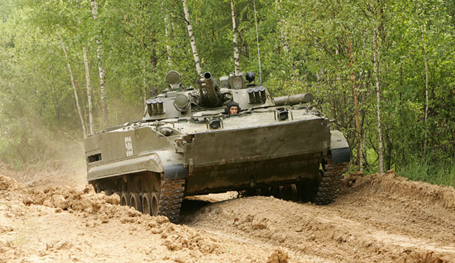The beauty of Abkhazia

Abkhazia is a partially recognised state on the eastern coast of the Black Sea and the south-western flank of the Caucasus Mountains. Abkhazia is diverse geographically with lowlands stretching to the extremely mountainous north. The Greater Caucasus Mountain Range runs along the region's northern border, with its spurs – the Gagra, Bzyb and Kodori ranges – dividing the area into a number of deep, well-watered valleys. The highest peaks of Abkhazia are in the northeast and east and several exceed 4,000 meters (13,123 ft) above sea level. Abkhazia's landscape ranges from coastal forests and citrus plantations to permanent snows and glaciers in the north of the region

Abkhazia is a partially recognised state on the eastern coast of the Black Sea and the south-western flank of the Caucasus Mountains. Abkhazia is diverse geographically with lowlands stretching to the extremely mountainous north. The Greater Caucasus Mountain Range runs along the region's northern border, with its spurs – the Gagra, Bzyb and Kodori ranges – dividing the area into a number of deep, well-watered valleys. The highest peaks of Abkhazia are in the northeast and east and several exceed 4,000 meters (13,123 ft) above sea level. Abkhazia's landscape ranges from coastal forests and citrus plantations to permanent snows and glaciers in the north of the region
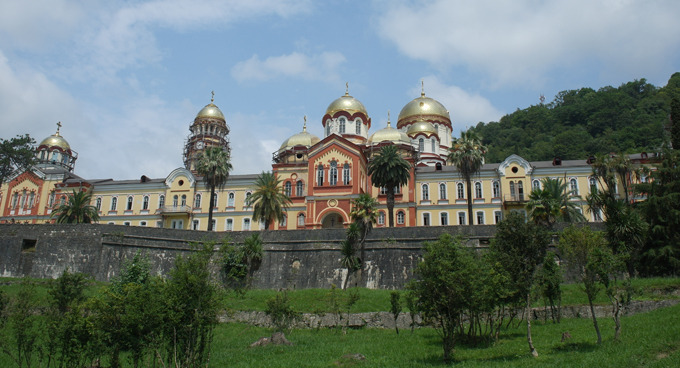
Abkhazia is a partially recognised state on the eastern coast of the Black Sea and the south-western flank of the Caucasus Mountains. Abkhazia is diverse geographically with lowlands stretching to the extremely mountainous north. The Greater Caucasus Mountain Range runs along the region's northern border, with its spurs – the Gagra, Bzyb and Kodori ranges – dividing the area into a number of deep, well-watered valleys. The highest peaks of Abkhazia are in the northeast and east and several exceed 4,000 meters (13,123 ft) above sea level. Abkhazia's landscape ranges from coastal forests and citrus plantations to permanent snows and glaciers in the north of the region

Abkhazia is a partially recognised state on the eastern coast of the Black Sea and the south-western flank of the Caucasus Mountains. Abkhazia is diverse geographically with lowlands stretching to the extremely mountainous north. The Greater Caucasus Mountain Range runs along the region's northern border, with its spurs – the Gagra, Bzyb and Kodori ranges – dividing the area into a number of deep, well-watered valleys. The highest peaks of Abkhazia are in the northeast and east and several exceed 4,000 meters (13,123 ft) above sea level. Abkhazia's landscape ranges from coastal forests and citrus plantations to permanent snows and glaciers in the north of the region

Abkhazia is a partially recognised state on the eastern coast of the Black Sea and the south-western flank of the Caucasus Mountains. Abkhazia is diverse geographically with lowlands stretching to the extremely mountainous north. The Greater Caucasus Mountain Range runs along the region's northern border, with its spurs – the Gagra, Bzyb and Kodori ranges – dividing the area into a number of deep, well-watered valleys. The highest peaks of Abkhazia are in the northeast and east and several exceed 4,000 meters (13,123 ft) above sea level. Abkhazia's landscape ranges from coastal forests and citrus plantations to permanent snows and glaciers in the north of the region

Abkhazia is a partially recognised state on the eastern coast of the Black Sea and the south-western flank of the Caucasus Mountains. Abkhazia is diverse geographically with lowlands stretching to the extremely mountainous north. The Greater Caucasus Mountain Range runs along the region's northern border, with its spurs – the Gagra, Bzyb and Kodori ranges – dividing the area into a number of deep, well-watered valleys. The highest peaks of Abkhazia are in the northeast and east and several exceed 4,000 meters (13,123 ft) above sea level. Abkhazia's landscape ranges from coastal forests and citrus plantations to permanent snows and glaciers in the north of the region

Abkhazia is a partially recognised state on the eastern coast of the Black Sea and the south-western flank of the Caucasus Mountains. Abkhazia is diverse geographically with lowlands stretching to the extremely mountainous north. The Greater Caucasus Mountain Range runs along the region's northern border, with its spurs – the Gagra, Bzyb and Kodori ranges – dividing the area into a number of deep, well-watered valleys. The highest peaks of Abkhazia are in the northeast and east and several exceed 4,000 meters (13,123 ft) above sea level. Abkhazia's landscape ranges from coastal forests and citrus plantations to permanent snows and glaciers in the north of the region

Abkhazia is a partially recognised state on the eastern coast of the Black Sea and the south-western flank of the Caucasus Mountains. Abkhazia is diverse geographically with lowlands stretching to the extremely mountainous north. The Greater Caucasus Mountain Range runs along the region's northern border, with its spurs – the Gagra, Bzyb and Kodori ranges – dividing the area into a number of deep, well-watered valleys. The highest peaks of Abkhazia are in the northeast and east and several exceed 4,000 meters (13,123 ft) above sea level. Abkhazia's landscape ranges from coastal forests and citrus plantations to permanent snows and glaciers in the north of the region
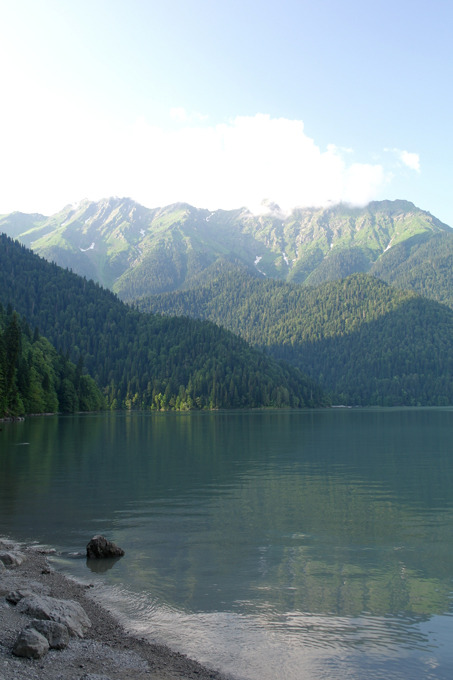
Abkhazia is a partially recognised state on the eastern coast of the Black Sea and the south-western flank of the Caucasus Mountains. Abkhazia is diverse geographically with lowlands stretching to the extremely mountainous north. The Greater Caucasus Mountain Range runs along the region's northern border, with its spurs – the Gagra, Bzyb and Kodori ranges – dividing the area into a number of deep, well-watered valleys. The highest peaks of Abkhazia are in the northeast and east and several exceed 4,000 meters (13,123 ft) above sea level. Abkhazia's landscape ranges from coastal forests and citrus plantations to permanent snows and glaciers in the north of the region

Abkhazia is a partially recognised state on the eastern coast of the Black Sea and the south-western flank of the Caucasus Mountains. Abkhazia is diverse geographically with lowlands stretching to the extremely mountainous north. The Greater Caucasus Mountain Range runs along the region's northern border, with its spurs – the Gagra, Bzyb and Kodori ranges – dividing the area into a number of deep, well-watered valleys. The highest peaks of Abkhazia are in the northeast and east and several exceed 4,000 meters (13,123 ft) above sea level. Abkhazia's landscape ranges from coastal forests and citrus plantations to permanent snows and glaciers in the north of the region

Abkhazia is a partially recognised state on the eastern coast of the Black Sea and the south-western flank of the Caucasus Mountains. Abkhazia is diverse geographically with lowlands stretching to the extremely mountainous north. The Greater Caucasus Mountain Range runs along the region's northern border, with its spurs – the Gagra, Bzyb and Kodori ranges – dividing the area into a number of deep, well-watered valleys. The highest peaks of Abkhazia are in the northeast and east and several exceed 4,000 meters (13,123 ft) above sea level. Abkhazia's landscape ranges from coastal forests and citrus plantations to permanent snows and glaciers in the north of the region

Abkhazia is a partially recognised state on the eastern coast of the Black Sea and the south-western flank of the Caucasus Mountains. Abkhazia is diverse geographically with lowlands stretching to the extremely mountainous north. The Greater Caucasus Mountain Range runs along the region's northern border, with its spurs – the Gagra, Bzyb and Kodori ranges – dividing the area into a number of deep, well-watered valleys. The highest peaks of Abkhazia are in the northeast and east and several exceed 4,000 meters (13,123 ft) above sea level. Abkhazia's landscape ranges from coastal forests and citrus plantations to permanent snows and glaciers in the north of the region
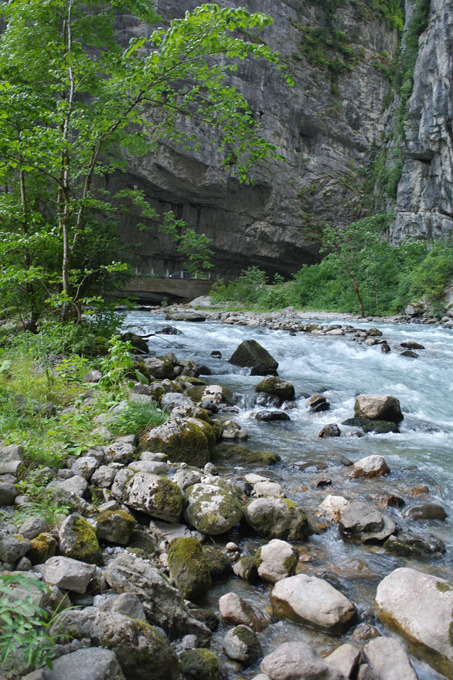
Abkhazia is a partially recognised state on the eastern coast of the Black Sea and the south-western flank of the Caucasus Mountains. Abkhazia is diverse geographically with lowlands stretching to the extremely mountainous north. The Greater Caucasus Mountain Range runs along the region's northern border, with its spurs – the Gagra, Bzyb and Kodori ranges – dividing the area into a number of deep, well-watered valleys. The highest peaks of Abkhazia are in the northeast and east and several exceed 4,000 meters (13,123 ft) above sea level. Abkhazia's landscape ranges from coastal forests and citrus plantations to permanent snows and glaciers in the north of the region

Abkhazia is a partially recognised state on the eastern coast of the Black Sea and the south-western flank of the Caucasus Mountains. Abkhazia is diverse geographically with lowlands stretching to the extremely mountainous north. The Greater Caucasus Mountain Range runs along the region's northern border, with its spurs – the Gagra, Bzyb and Kodori ranges – dividing the area into a number of deep, well-watered valleys. The highest peaks of Abkhazia are in the northeast and east and several exceed 4,000 meters (13,123 ft) above sea level. Abkhazia's landscape ranges from coastal forests and citrus plantations to permanent snows and glaciers in the north of the region

Abkhazia is a partially recognised state on the eastern coast of the Black Sea and the south-western flank of the Caucasus Mountains. Abkhazia is diverse geographically with lowlands stretching to the extremely mountainous north. The Greater Caucasus Mountain Range runs along the region's northern border, with its spurs – the Gagra, Bzyb and Kodori ranges – dividing the area into a number of deep, well-watered valleys. The highest peaks of Abkhazia are in the northeast and east and several exceed 4,000 meters (13,123 ft) above sea level. Abkhazia's landscape ranges from coastal forests and citrus plantations to permanent snows and glaciers in the north of the region

Abkhazia is a partially recognised state on the eastern coast of the Black Sea and the south-western flank of the Caucasus Mountains. Abkhazia is diverse geographically with lowlands stretching to the extremely mountainous north. The Greater Caucasus Mountain Range runs along the region's northern border, with its spurs – the Gagra, Bzyb and Kodori ranges – dividing the area into a number of deep, well-watered valleys. The highest peaks of Abkhazia are in the northeast and east and several exceed 4,000 meters (13,123 ft) above sea level. Abkhazia's landscape ranges from coastal forests and citrus plantations to permanent snows and glaciers in the north of the region

Abkhazia is a partially recognised state on the eastern coast of the Black Sea and the south-western flank of the Caucasus Mountains. Abkhazia is diverse geographically with lowlands stretching to the extremely mountainous north. The Greater Caucasus Mountain Range runs along the region's northern border, with its spurs – the Gagra, Bzyb and Kodori ranges – dividing the area into a number of deep, well-watered valleys. The highest peaks of Abkhazia are in the northeast and east and several exceed 4,000 meters (13,123 ft) above sea level. Abkhazia's landscape ranges from coastal forests and citrus plantations to permanent snows and glaciers in the north of the region

Abkhazia is a partially recognised state on the eastern coast of the Black Sea and the south-western flank of the Caucasus Mountains. Abkhazia is diverse geographically with lowlands stretching to the extremely mountainous north. The Greater Caucasus Mountain Range runs along the region's northern border, with its spurs – the Gagra, Bzyb and Kodori ranges – dividing the area into a number of deep, well-watered valleys. The highest peaks of Abkhazia are in the northeast and east and several exceed 4,000 meters (13,123 ft) above sea level. Abkhazia's landscape ranges from coastal forests and citrus plantations to permanent snows and glaciers in the north of the region
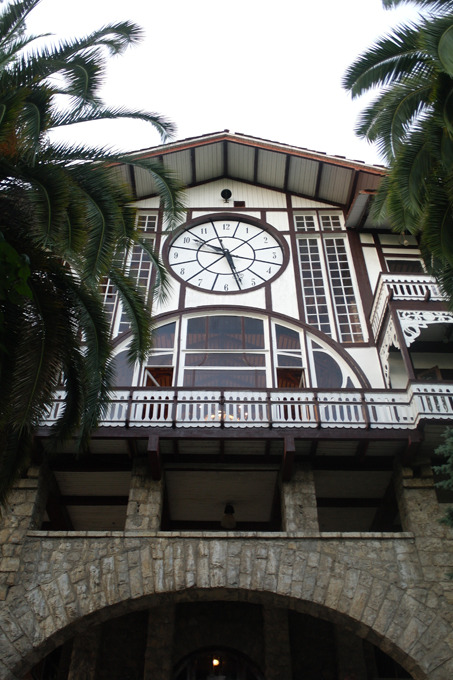
Abkhazia is a partially recognised state on the eastern coast of the Black Sea and the south-western flank of the Caucasus Mountains. Abkhazia is diverse geographically with lowlands stretching to the extremely mountainous north. The Greater Caucasus Mountain Range runs along the region's northern border, with its spurs – the Gagra, Bzyb and Kodori ranges – dividing the area into a number of deep, well-watered valleys. The highest peaks of Abkhazia are in the northeast and east and several exceed 4,000 meters (13,123 ft) above sea level. Abkhazia's landscape ranges from coastal forests and citrus plantations to permanent snows and glaciers in the north of the region

Abkhazia is a partially recognised state on the eastern coast of the Black Sea and the south-western flank of the Caucasus Mountains. Abkhazia is diverse geographically with lowlands stretching to the extremely mountainous north. The Greater Caucasus Mountain Range runs along the region's northern border, with its spurs – the Gagra, Bzyb and Kodori ranges – dividing the area into a number of deep, well-watered valleys. The highest peaks of Abkhazia are in the northeast and east and several exceed 4,000 meters (13,123 ft) above sea level. Abkhazia's landscape ranges from coastal forests and citrus plantations to permanent snows and glaciers in the north of the region

Abkhazia is a partially recognised state on the eastern coast of the Black Sea and the south-western flank of the Caucasus Mountains. Abkhazia is diverse geographically with lowlands stretching to the extremely mountainous north. The Greater Caucasus Mountain Range runs along the region's northern border, with its spurs – the Gagra, Bzyb and Kodori ranges – dividing the area into a number of deep, well-watered valleys. The highest peaks of Abkhazia are in the northeast and east and several exceed 4,000 meters (13,123 ft) above sea level. Abkhazia's landscape ranges from coastal forests and citrus plantations to permanent snows and glaciers in the north of the region
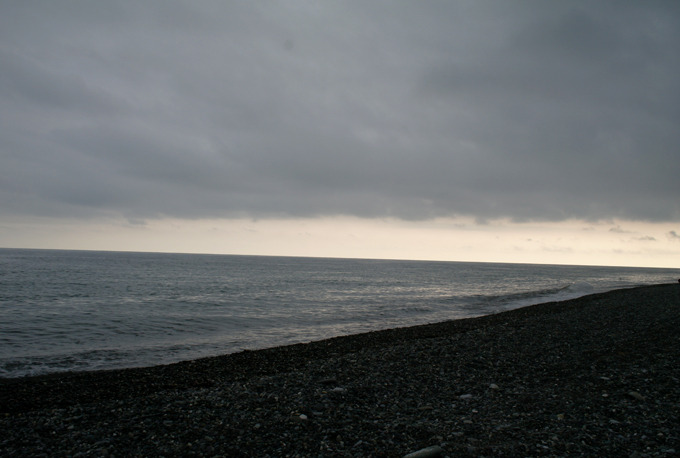
Abkhazia is a partially recognised state on the eastern coast of the Black Sea and the south-western flank of the Caucasus Mountains. Abkhazia is diverse geographically with lowlands stretching to the extremely mountainous north. The Greater Caucasus Mountain Range runs along the region's northern border, with its spurs – the Gagra, Bzyb and Kodori ranges – dividing the area into a number of deep, well-watered valleys. The highest peaks of Abkhazia are in the northeast and east and several exceed 4,000 meters (13,123 ft) above sea level. Abkhazia's landscape ranges from coastal forests and citrus plantations to permanent snows and glaciers in the north of the region
